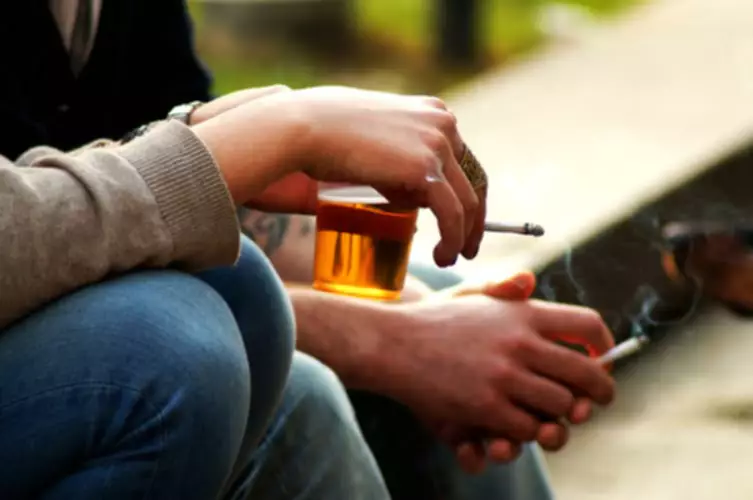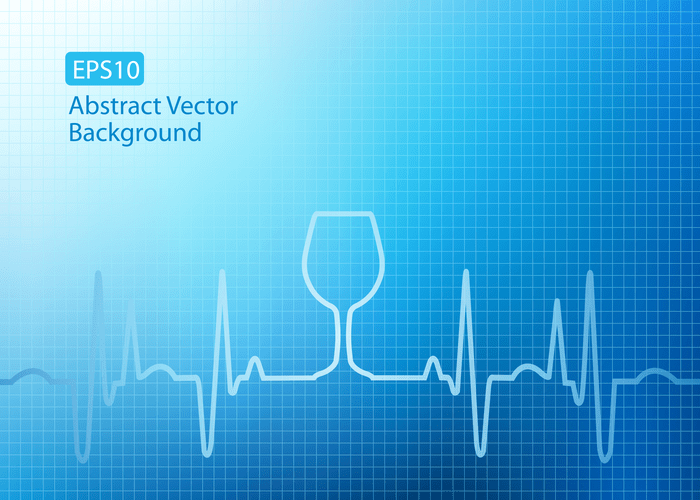Medications You Should Never Mix With Alcohol

SAMHSA recently awarded $68 million in grants for suicide prevention and mental health care programs to address the U.S. mental health crisis and prevent suicide. Because the body’s ability to break down alcohol worsens with age, alcohol stays in the body longer. Older people are also more likely to be prescribed medication that interacts with alcohol in the first place. The COMBINE study found that combining another alcohol-deterrent drug Campral (acamprosate) with the medical management program did not improve outcomes.
Health Check Tools
If you’re enjoying this article, consider supporting our award-winning journalism by subscribing. By purchasing a subscription you are helping to ensure the future of impactful stories about the discoveries and ideas shaping our world today. The preoccupation stage refers to when a person becomes preoccupied with consuming alcohol next. According to Addiction Center, some of the effects of depressants are delayed reaction time, poor coordination, slurred speech, lessened inhibitions, cognitive impairments and distorted perception or judgment. The purpose of the Hispanic/Latino Behavioral Health CoE is to advance the behavioral health equity of Hispanic/Latino communities. American Addiction Centers (AAC) is committed to delivering original, truthful, accurate, unbiased, and medically current information.
How Alcohol Interacts With Painkillers
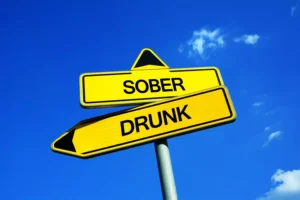
Painkillers, in particular, are much more easily obtained than they used to be. As a result, prescription painkiller sales to pharmacies, hospitals and doctors’ offices have quadrupled since 1999. If you choose to drink with niacin, avoid alcohol at the time you take the medicine due to an increased risk of flushing (warmth, redness, or tingly feeling under your skin), itching, nausea, dizziness, and vomiting. Hot drinks or spicy foods may also cause the same reactions with niacin. People must not take opioid medications for a minimum of 7 days before starting naltrexone and throughout the entire course of treatment.
Center for Behavioral Health Statistics and Quality (CBHSQ)
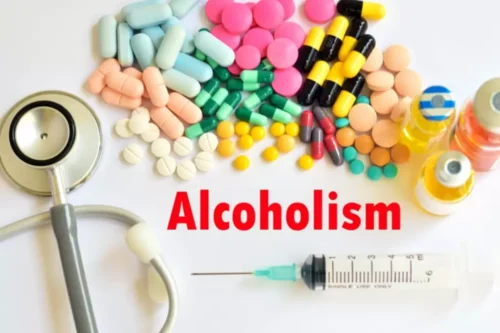
And “individuals who have a past history of a substance-use disorder—from smoking, drinking or other drugs—are at greater risk,” she says. They might also develop drug tolerance, the need to take higher doses over time to feel the same effects. Up to half of people with AUD will experience some withdrawal symptoms when easing off alcohol, experts say. These can include irritability, agitation, elevated Alcohol and Pills blood pressure, increased heart rate, insomnia, increased anxiety, sweating, nausea and vomiting. Heavy drinkers may need hands-on medical care and monitoring, or a proper “detox” in a health care facility, to manage their symptoms. “Do not drink alcoholic beverages while taking this medication.” You’ve probably seen this warning label on medication you’ve taken, and the label doesn’t lie.
- Opioids are narcotic, painkilling drugs produced from opium or made synthetically.
- Official websites use .govA .gov website belongs to an official government organization in the United States.
- The chemicals in your brain maintain a delicate balance between excitation and inhibition.
- They can also raise HDL (high density lipoprotein, or “good” cholesterol).
- Physical addiction appears to occur when repeated use of a drug changes the way your brain feels pleasure.
- You will want to avoid alcohol for three days before you start and after you stop Flagyl.
- Even though most people over 65 drink less than the maximum recommended amount, this drinking is still considered harmful for many of them, due to their general condition, medical problems, and medications.
- Alcohol can interfere with the way a medicine works in the body, or it can interfere with the way a medicine is absorbed from the stomach.
- The more alcohol a patient consumes, the greater the risk for alcohol and medication interactions.
You might recognise this as a sense of relaxation and a lowering of social inhibitions when you’ve had a couple of alcoholic drinks. According to the CDC, about two-thirds of American adults over age 18 at least occasionally use alcohol. Of these, about 51% are current regular drinkers (defined as at least 12 drinks in the past year), and about 13% are infrequent drinkers (defined as up to 11 drinks in the past year). By Buddy TBuddy T is a writer and founding member of the Online Al-Anon Outreach Committee with decades of experience writing about alcoholism. Because he is a member of a support group that stresses the importance of anonymity at the public level, he does not use his photograph or his real name on this website. It’s possible that if you use them together, antibiotics may be less effective at clearing up the infection that you are being treated for.

- The Substance Abuse and Mental Health Services Administration’s (SAMHSA) helpline provides free, confidential, 24/7 support for people in distress.
- Angina (ischemic chest pain) is caused by reduced blood flow to the heart.
- Possible precipitation of manic, mixed, or hypomanic manic episodes; risk appears increased in patients with bipolar disorder or who have risk factors for bipolar disorder.
Efficacy of bupropion hydrochloride conventional tablets beyond 6 weeks not established systematically in controlled studies. Available as bupropion hydrochloride or bupropion hydrobromide; dosage expressed in terms of the salt. Initially, administer orally twice daily in the morning and evening, then increase to 3 times daily, with ≥6 hours separating doses. Two groups of synthetic drugs — synthetic cannabinoids and substituted or synthetic cathinones — are illegal in most states. The effects of these drugs can be dangerous and unpredictable, as there is no quality control and some ingredients may not be known. People use cannabis by smoking, eating or inhaling a vaporized form of the drug.
Consider increased possibility of impaired renal function, which may increase risk of adverse effects, when selecting dosage; may be useful to monitor renal function. Encourage pregnant smokers to attempt cessation using educational and behavioral interventions before using drug approaches. Use bupropion extended-release (SR) tablets during pregnancy only if potential benefit justifies potential risk to the fetus. Data from epidemiologic studies have not shown an overall increased risk for congenital malformations with bupropion. International bupropion pregnancy registry was not designed or powered to evaluate specific defects; however, possible increase in cardiac malformations identified. Bupropion is not FDA-labeled for use in treating bipolar depression.
It may turn out that you’re a good candidate for one of three federally approved medications on the market. Statins or other cholesterol medications work by lowering LDL (low density lipoproteins, or “bad” cholesterol) and triglycerides. They can also raise HDL (high density lipoprotein, or “good” cholesterol). These oral medicines are available as single agents or in combination with other medicines. According to a survey by SAMHSA, over 40% of alcohol users in the United States are classified as binge drinkers and 28% of those binge drinkers are classified as heavy drinkers. In 2019, over 14 million people ages 12 or above had an alcohol use disorder.

Types of Drug Interactions With Alcohol
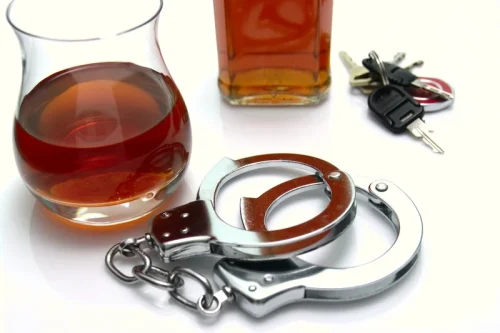
It can thereby lead them to reach for another pill, for instance, further increasing the risk for an overdose. Withdrawal symptoms, like pain, sleeplessness, anxiety or irritability, occur when a person who is addicted stops drinking. According https://ecosoberhouse.com/ to the NIH, this stage is where someone stops drinking to feel the “high” of alcohol, drinking rather to escape the “low” of the withdrawal. It also has some stimulant effects, Addiction Center says, especially if consumed in small quantities.
- Older people also are more sensitive to the effects of medications acting on the brain and will experience more side-effects, such as dizziness and falls.
- The latest research indicates that alcohol consumption increases risks for more than 200 health problems, including heart disease, liver disease, depression, anxiety, stroke and cancer.
- Naloxone can rapidly reverse opioid overdose by quickly restoring normal respiration to a person whose breathing has slowed or stopped due to mixing opioid pain medications with alcohol.
- This reduces the high that the person feels compared to the high they felt when first taking the drug—an effect known as tolerance.
- The mystery of Whitney Houston’s death will not be solved for several weeks, as the Los Angeles County Coroner’s Office awaits a full toxicology report.


